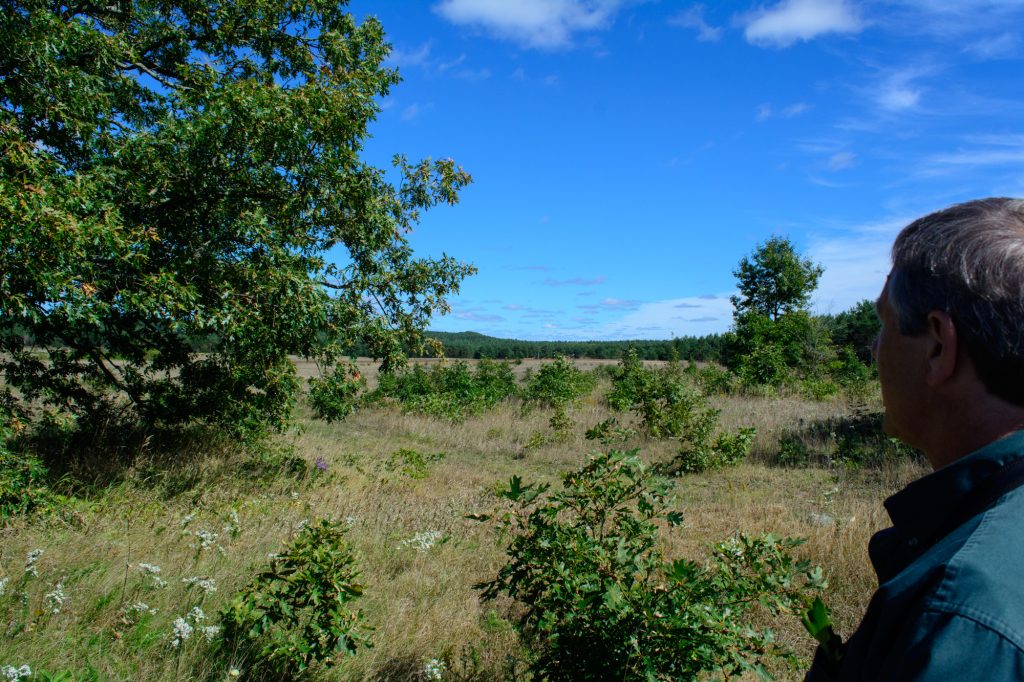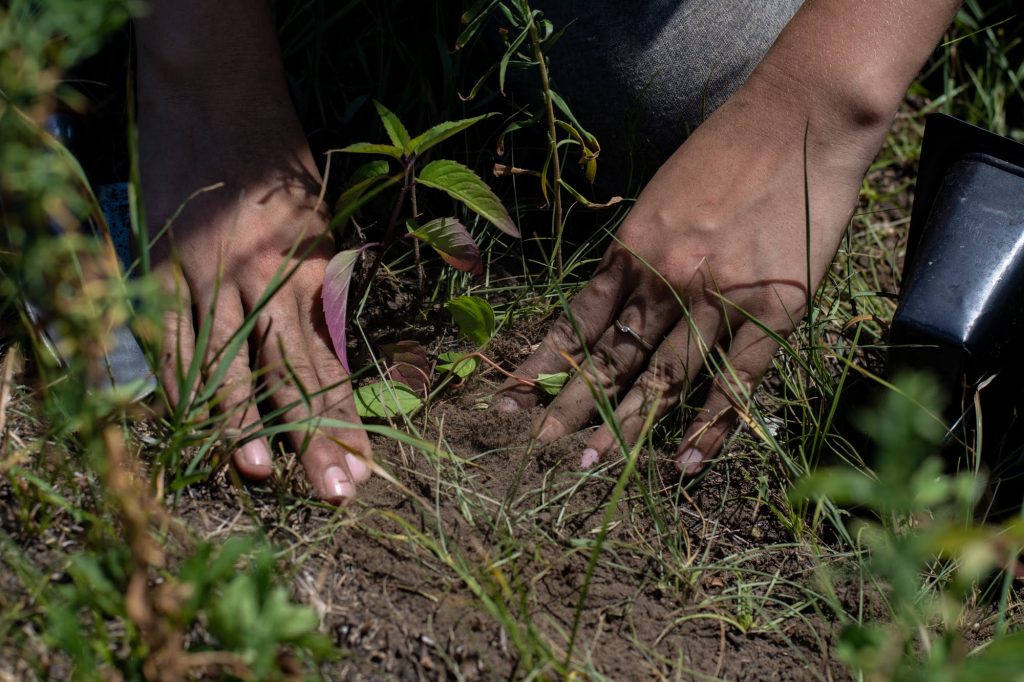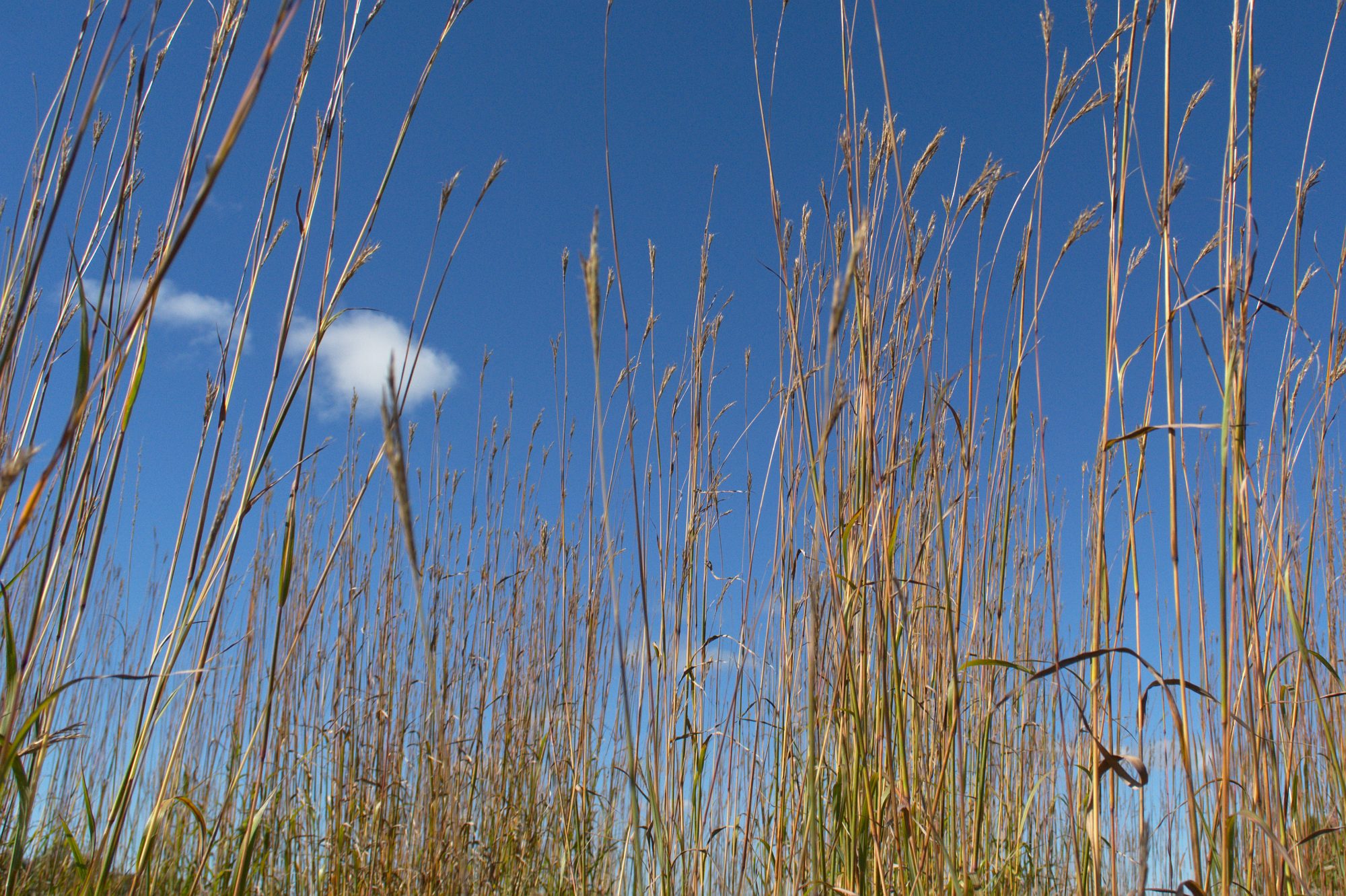The dry rolling hills of the Rice Lake Plains, at the eastern end of the Oak Ridges Moraine in Central Ontario, were historically a 17,000–30,000 ha (42,500–74,000 acres) tallgrass prairie landscape.
Fire suppression, conifer plantations and, increasingly, invasive species, have changed and degraded the now globally rare black oak savanna and other significant tallgrass habitats of this region. The Nature Conservancy of Canada (NCC) began investing in conservation of the Rice Lake Plains in 2001, with the goals of protecting and restoring multi-property tracts of tallgrass prairie communities.
Inspired by the active tallgrass prairie management of the Alderville First Nation Black Oak Savanna and the Red Cloud Cemetery Prairie, NCC forged the multi-partner Rice Lake Plains Joint Initiative in 2002 to raise awareness and to collaboratively work on a landscape-scale to restore tallgrass habitats.
A Natural Area Conservation Plan was created, which helped prioritize and guide initial land purchase and identify areas of high priority for management, restoration and landowner contact. Through this partnership, over 3,000 ha (7,413 acres) have been evaluated, 536 ha (1,324 acres) have been secured, and over 150 ha (370 acres) have been restored using prescribed burns. Private landowners are learning about the ecological communities on their land and what they can do to protect and maintain tallgrass prairie communities. There have been challenges, as partners and the local community respond, adapt and rise to the possibilities and realities of tallgrass restoration. To date the partnership has grown to seven groups and momentum continues to build to help revitalize this globally rare ecosystem.
Todd Farrell and Mark Stabb
Nature Conservancy of Canada
Uxbridge, Ontario



